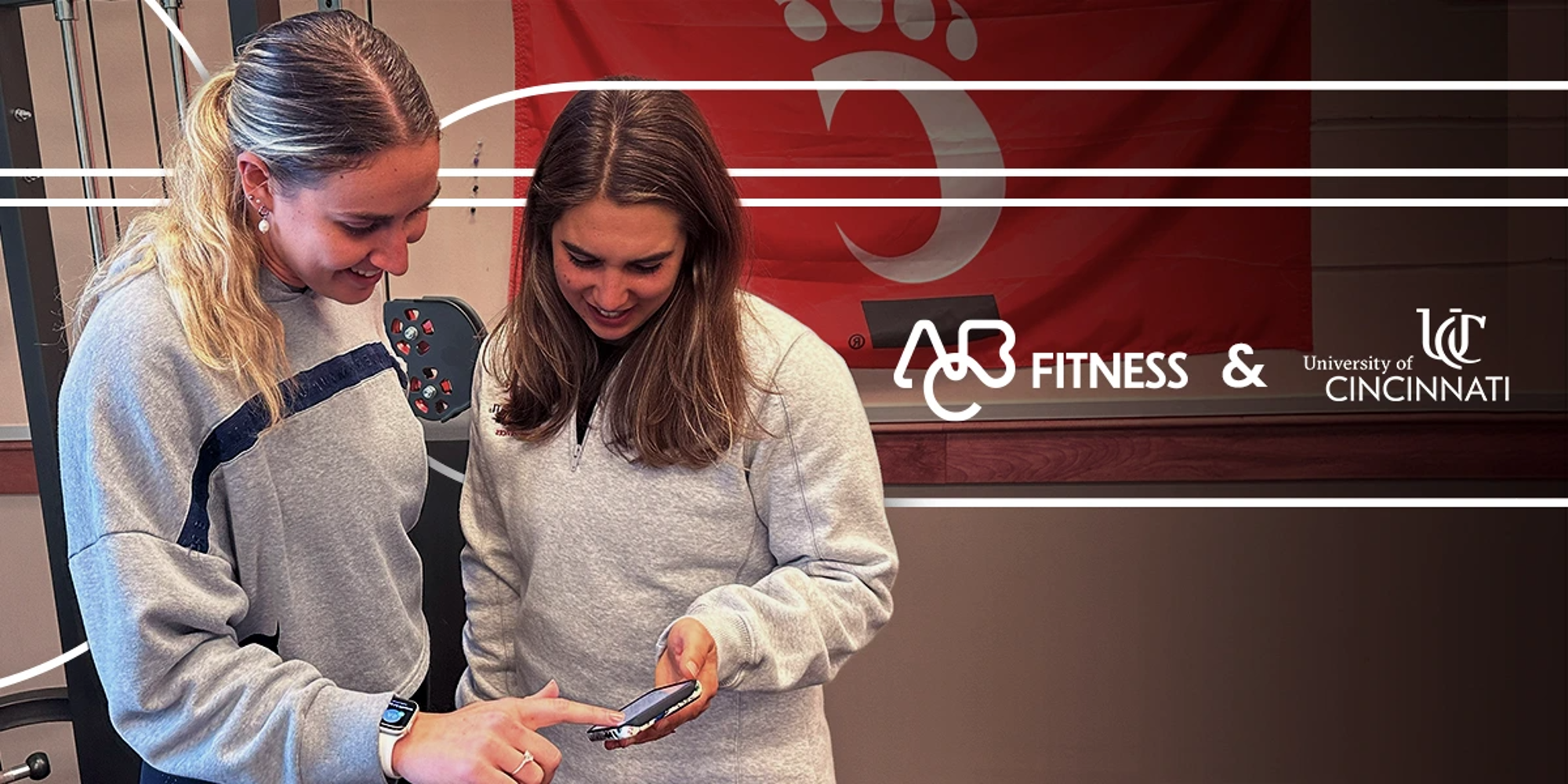Fashion
Are Pockets Finally an Opportunity for Women’s Fashion? – RetailWire

Women have been rallying for centuries for functional pockets in more of their apparel and finally seem to be getting their wish.
Women’s workwear brands and high-fashion houses are increasingly featuring deeper pockets in their designs after women for decades have become accustomed to smaller pockets compared to men or no pockets.
“Pockets inequality is a centuries-old form of gender bias,” Aditi Sinha, the co-founder of Seattle-based women’s workwear label Point of View, told Seattle Refined. “Only 5% of women’s pockets can fit a smartphone, compared to 85% of men’s pockets. On average, women’s pockets are 48% shorter and 6.5% narrower than men’s pockets.”
“Pockets have become the hidden superpower in our collection,” Sali Christeson, who founded Argent, a women’s workwear label focused on functional office attire, in 2015, told The Wall Street Journal.
European fashion houses have been highlighting “corpcore” pieces with deeper pockets and cargo pants on recent runways.
Hannah Carlson, a Rhode Island School of Design professor and the author of “Pockets: An Intimate History of How We Keep Things Close,” told the New York Times that pockets became an expectation for men’s garments with the arrival of the suit in the 1850s. Men’s clothing, according to Carlson, was seen as “meant for utility and women’s for beauty.” For some time, a lack of adequate pockets continued due to “old ideas about women’s place,” with women seen requiring less storage in their clothing as homemakers.
At the same time, the lack of pockets led to handbags becoming go-tos for women’s storage.
“It’s become such a tradition for women to carry an external bag of some sort,” Hayley Gibson, founder of the Toronto-based contemporary women’s clothing line Birds of North America, told CBC. “I can’t help but think that it’s partly the predominance of males in fashion design — maybe just not thinking of these practical needs women have.”
In recent decades, Carlson said fast fashion has led to pockets being “the first to go in any cost- or time-cutting and profit-boosting endeavor.”
The shift to featuring more pockets on women’s apparel arrives as the disadvantages of lacking the ease and convenience of pockets become more evident in an on-the-go society. The Wall Street Journal pointed out that women office workers need to head back to their desks to grab their purses before work lunches, and this represented a “detour that often removed them from the casual banter and strategy chats that male colleagues enjoyed.”
Carlson told The Guardian that pockets have become more applicable as storage now that everything women need for daily life is so compact. For instance, address books, diaries, and maps are no longer carried around, and that, along with the limited use of cash, has made handbags less necessary.
Other factors supporting the addition of pockets include the rise of unisex clothing, back problems caused by big tote bags, and the social comfort of being able to put hands in pockets. Gibson told CBC, “Socially, it’s so comforting to have pockets to pop your hands into. You feel sort of helpless when you don’t have pockets.”
The shift toward pockets may be hindered by fashion, however, as some designers and fashion followers feel pockets ruin the line of a dress. Some women worry about how rear pockets make their backsides look. The New York Times recently explored a reader’s question wondering why cargo pants were trending when they “seem neither functional nor flattering.”
Many women are also attached to their handbags, although a survey last year from Circana found that while more than 60% of women ages 35 and older always carry a handbag for activities other than work or school, only 39% of women ages 18 to 34 do the same.







)

